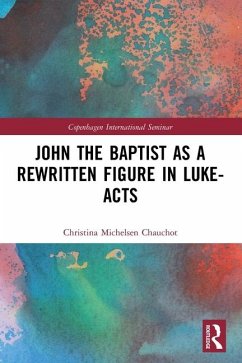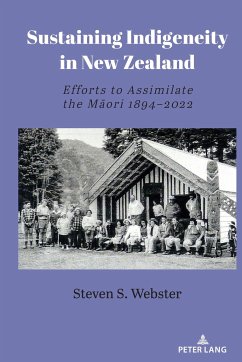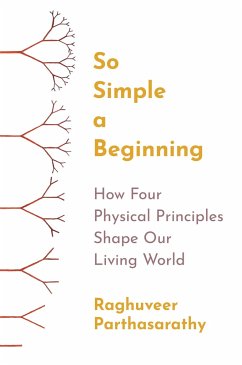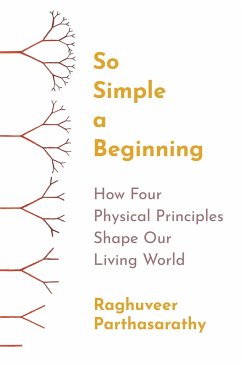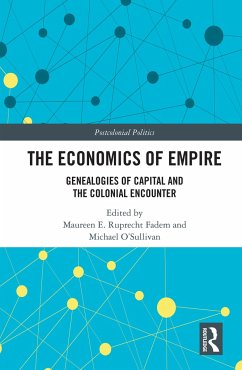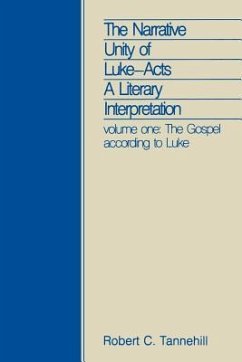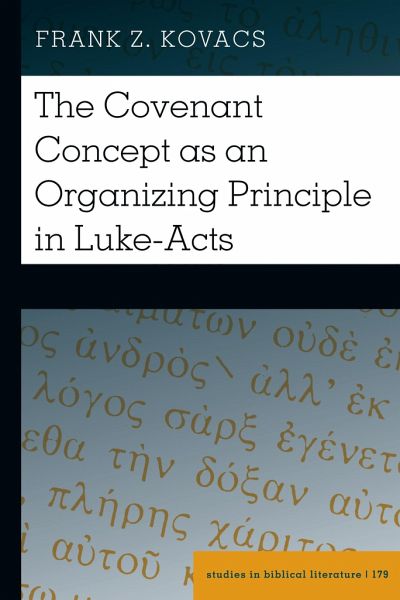
The Covenant Concept as an Organizing Principle in Luke-Acts
Versandkostenfrei!
Versandfertig in 6-10 Tagen
89,95 €
inkl. MwSt.
Weitere Ausgaben:

PAYBACK Punkte
0 °P sammeln!
In this study the methods of social concept criticism, poststructuralism, and social memory theory are innovatively and rewardingly combined with a revalued component of Greimas' system, the morpho-syntactic and actantial model. Analysis clearly reveals that the Lukan author reconceptualized social memory of the covenant and employed it as a literary device by following a sequence of the Exodus motifs culminating in the altered Exodus goal of covenant service/worship. The Lukan author also employed the reconceptualized covenant as a theological device that provided thematic links in the logica...
In this study the methods of social concept criticism, poststructuralism, and social memory theory are innovatively and rewardingly combined with a revalued component of Greimas' system, the morpho-syntactic and actantial model. Analysis clearly reveals that the Lukan author reconceptualized social memory of the covenant and employed it as a literary device by following a sequence of the Exodus motifs culminating in the altered Exodus goal of covenant service/worship. The Lukan author also employed the reconceptualized covenant as a theological device that provided thematic links in the logical flow of the story, organizing the collective memory of Israel, through which perceived social needs are addressed and a call is issued for a mimetic response to the salvific activity of servant Jesus. The actantial model accurately illustrates the organizing capacity of the covenant, mapping the covenant's strategic placement and function to structure the plot-episode story and interrelate themes which articulate the servant identity of the Christian community. Researchers and academics alike will engage with this study that demonstrates the organizational capacity of the covenant concept in Lukan compositional design.





